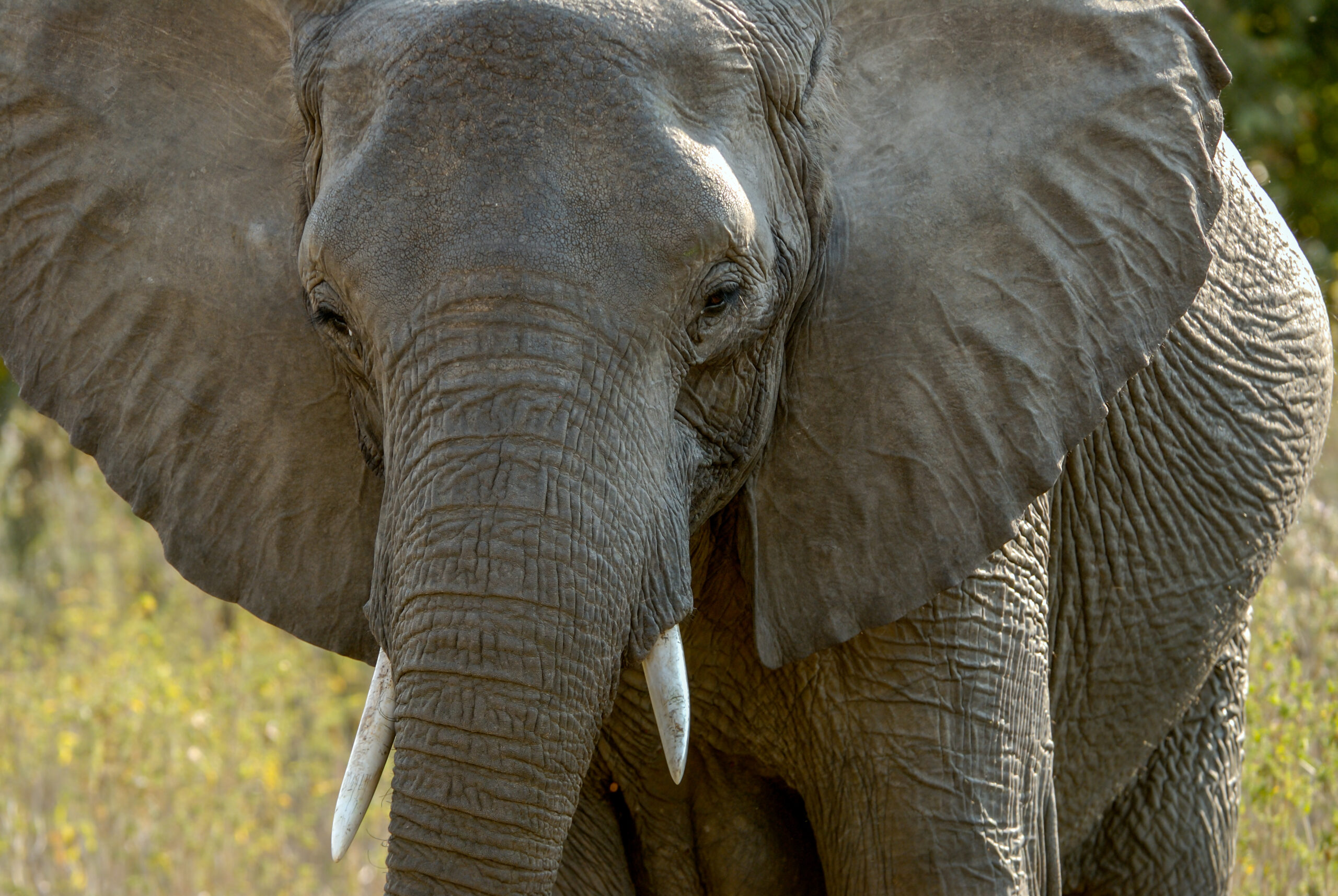The Rich Tapestry of Mexican Culture
Mexico, a country with a vibrant history and a rich cultural tapestry, stands as a beacon of diversity and tradition. Its culture is an amalgamation of indigenous heritage and Spanish influences, which together create a unique and colorful identity. The indigenous civilizations, such as the Aztecs and Mayans, have left an indelible mark on Mexico’s cultural landscape. Their contributions are evident in the country’s art, architecture, and rituals.
One can witness the fusion of cultures in the country’s festivals, which are celebrated with great enthusiasm. Dia de los Muertos, or Day of the Dead, is a prime example, where families honor their deceased loved ones with altars adorned with marigolds, sugar skulls, and the favorite foods of the departed. This celebration is a blend of pre-Hispanic and Catholic traditions and highlights the Mexican view of death as a natural part of life.
Mexican cuisine is another facet of its cultural richness. Known for its bold flavors and use of fresh ingredients, Mexican food has gained international acclaim. Dishes such as tacos, enchiladas, and mole are not just meals but a reflection of the country’s history and regional diversity. The use of corn, beans, and chili peppers dates back to ancient times and continues to be a staple in the Mexican diet.
Mexico’s cultural influence extends beyond its borders, with its music, art, and dance captivating audiences worldwide. Mariachi bands, with their lively tunes and traditional costumes, are synonymous with Mexican music, while artists like Frida Kahlo and Diego Rivera have left a lasting legacy in the art world. The richness of Mexican culture is a testament to the country’s ability to preserve its heritage while embracing modernity.
Exploring Mexico’s Natural Wonders
Mexico is home to a diverse array of natural wonders, ranging from stunning beaches to lush jungles and towering mountains. This geographical diversity makes it a paradise for nature lovers and adventure seekers alike. The country’s extensive coastline along the Pacific Ocean and the Caribbean Sea offers some of the world’s most beautiful beaches, where turquoise waters meet golden sands.
The Yucatan Peninsula is a region of particular interest, known for its cenotes—natural sinkholes filled with crystal-clear water. These cenotes are not only breathtakingly beautiful but also hold great historical and cultural significance, as they were considered sacred by the Mayans. Visitors can swim, snorkel, or dive in these natural pools, experiencing a unique aspect of Mexico’s natural beauty.
Mexico’s biodiversity is equally impressive, with numerous national parks and biosphere reserves protecting its varied ecosystems. The Monarch Butterfly Biosphere Reserve, a UNESCO World Heritage site, is a must-visit for nature enthusiasts. Each year, millions of monarch butterflies migrate to this area, creating a mesmerizing spectacle as they blanket the trees in vibrant orange hues.
For those seeking adventure, Mexico offers ample opportunities for hiking, climbing, and exploring. The Copper Canyon, a series of massive canyons in the Sierra Madre Occidental, is larger and deeper than the Grand Canyon and provides a stunning backdrop for outdoor activities. Whether it’s exploring the ancient ruins hidden within the jungles or marveling at the diverse wildlife, Mexico’s natural wonders offer endless possibilities for exploration and discovery.
The Economic Landscape of Mexico
Mexico’s economy is one of the largest in Latin America, characterized by a blend of modern industry and traditional agriculture. The country has a diverse economic structure, with manufacturing, oil production, and tourism playing significant roles. As a member of the North American Free Trade Agreement (NAFTA), now replaced by the United States-Mexico-Canada Agreement (USMCA), Mexico has strong trade ties with its northern neighbors, the United States and Canada.
Manufacturing is a cornerstone of Mexico’s economy, particularly in the automotive and electronics sectors. The country is a major exporter of vehicles and electronic goods, with numerous international companies operating manufacturing plants within its borders. This industrial growth has been facilitated by Mexico’s strategic location, skilled labor force, and favorable trade agreements.
Oil production is another critical component of Mexico’s economy, with the country being one of the world’s largest oil producers. The state-owned company, Pemex, plays a dominant role in the oil industry, although recent reforms have opened the sector to private investment. These changes aim to boost production and attract foreign capital, contributing to economic growth.
Tourism is a thriving industry in Mexico, driven by the country’s rich cultural heritage and natural attractions. Popular destinations like Cancun, Mexico City, and Los Cabos attract millions of visitors each year, contributing significantly to the economy. Despite challenges such as economic inequality and corruption, Mexico continues to be a dynamic and influential player in the global economic arena.
Mexico’s Political Landscape
Mexico’s political landscape is shaped by its history, geography, and social dynamics. As a federal republic, the country is divided into 31 states and a Federal District, with a president serving as both head of state and government. Mexico’s political history has been marked by periods of authoritarian rule, revolutionary change, and democratic reform.
The Institutional Revolutionary Party (PRI) dominated Mexican politics for much of the 20th century, maintaining power through a combination of patronage, electoral manipulation, and social programs. However, in 2000, Mexico experienced a significant political shift when the National Action Party (PAN) won the presidency, ending the PRI’s 71-year rule. This marked a turning point in Mexican politics, paving the way for increased political competition and democratic reforms.
In recent years, Mexico has faced numerous political challenges, including corruption, drug-related violence, and human rights concerns. The government has implemented various measures to address these issues, such as judicial reforms and anti-corruption initiatives. However, these efforts have met with mixed success, and the country continues to grapple with these complex problems.
Despite these challenges, Mexico’s political system remains resilient, with a vibrant civil society and active participation in international organizations. The country’s political landscape is continually evolving, shaped by domestic and global influences. As Mexico navigates these challenges, it continues to play a crucial role in regional and international politics.
The Future of Mexico: Opportunities and Challenges
As Mexico looks to the future, it faces a range of opportunities and challenges that will shape its trajectory in the coming years. Economic diversification, technological innovation, and sustainable development are key areas where Mexico has the potential to make significant strides.
One of the primary opportunities for Mexico lies in its young and growing population. With a median age of around 29 years, the country has a demographic advantage that can be harnessed for economic growth. Investing in education and workforce development will be crucial to unlocking this potential, ensuring that the youth are equipped with the skills needed for the jobs of the future.
Technological innovation is another area where Mexico can make significant progress. The country has a burgeoning tech sector, with startups and tech hubs emerging in cities like Guadalajara and Mexico City. By fostering a supportive environment for innovation and entrepreneurship, Mexico can position itself as a leader in the digital economy.
However, Mexico also faces significant challenges, including economic inequality, corruption, and environmental sustainability. Addressing these issues will require concerted efforts from the government, private sector, and civil society. Implementing policies that promote inclusive growth, transparency, and environmental stewardship will be essential to ensuring a prosperous and sustainable future for Mexico.
In conclusion, Mexico stands at a crossroads, with the potential to harness its strengths and overcome its challenges. By embracing innovation, investing in its people, and promoting sustainable development, Mexico can build a brighter future for its citizens and continue to be a vibrant and influential nation on the global stage.





